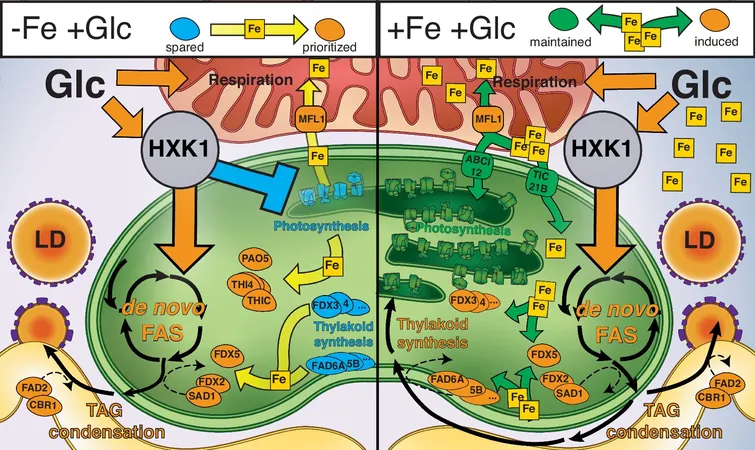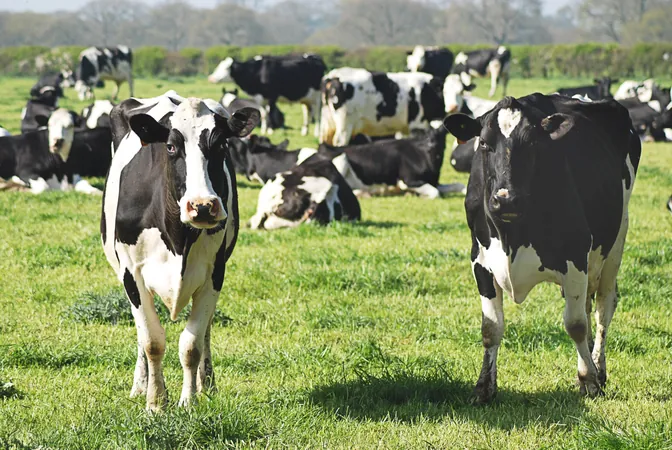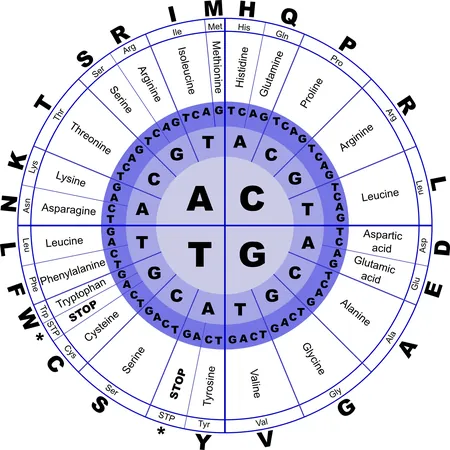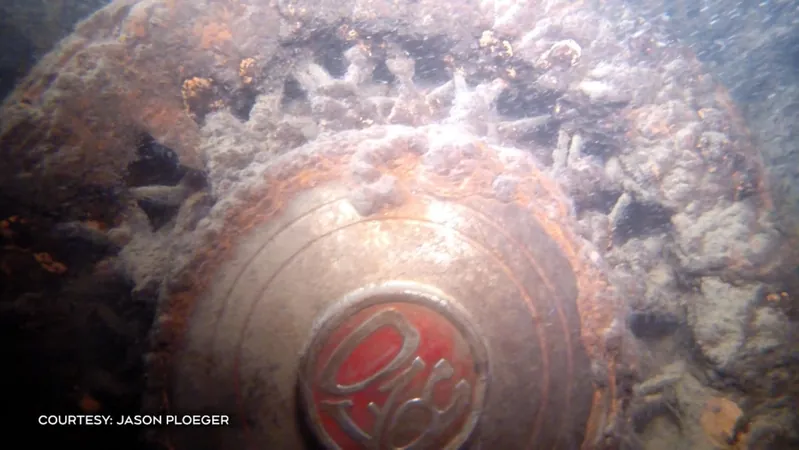
Unveiling the Secrets of Chromochloris zofingiensis: A Promising Ally in Biofuel and Photosynthesis Research!
2024-09-27
In the quest for sustainable energy solutions, the single-cell green alga Chromochloris zofingiensis has emerged as a game-changer in the field of photosynthesis and metabolism research. This fascinating organism is revealing vital information that could transform biofuel production and our understanding of plant metabolism.
Recent studies have shown that when glucose is added to Chromochloris zofingiensis, it doesn’t simply stop photosynthesis as previously thought; instead, it undergoes metabolic adjustments that allow it to thrive. The addition of glucose not only supports growth but also stimulates the accumulation of lipids—key precursors for biofuels—and astaxanthin, a potent antioxidant with numerous health benefits.
A groundbreaking study led by scientists from the University of California, Berkeley, in collaboration with the Environmental Molecular Sciences Laboratory (EMSL), has unveiled how iron supplements alongside glucose can sustain photosynthesis in these algae. Remarkably, while maintaining vital photosynthetic activity through thylakoids—membranes that facilitate light energy conversion—these algae can still accumulate substantial amounts of lipids.
Utilizing advanced proteomic analysis and imaging techniques such as transmission electron microscopy, researchers were able to map out the cellular processes behind the algae's unique metabolic responses. They discovered that the interplay between glucose and iron resources is key, leading to a strategic redirection of resources from photosynthesis to respiratory functions. Specifically, they found that an iron-dependent enzymatic pathway, the ferredoxin-dependent desaturase pathway, boosts lipid storage rather than focusing solely on thylakoid lipid production.
The implications of this research extend beyond basic science. The team conducted extensive evolutionary genomics comparisons between green algae and vascular plants, offering insights into how certain metabolic constraints can lead to groundbreaking discoveries in gene function related to photosynthesis and biofuel production. This could pave the way for developing enhanced bioenergy crops and innovative bioproducts, meeting the ever-increasing global energy demands sustainably.
As we stand at the beginning of a new era in renewable energy research, Chromochloris zofingiensis proves itself to be a simple yet powerful tool for understanding the complex biochemical networks that govern energy, nutrients, and photosynthesis. The findings from this study provide a promising roadmap toward optimizing biofuel production, potentially revolutionizing how we tap into nature's power for energy solutions.
Stay tuned as this research evolves, as it may very well hold the key to the future of sustainable biofuels and energy crops! Want to learn more about how this research could impact our world? Keep your eyes peeled for more updates on these groundbreaking discoveries!









 Brasil (PT)
Brasil (PT)
 Canada (EN)
Canada (EN)
 Chile (ES)
Chile (ES)
 España (ES)
España (ES)
 France (FR)
France (FR)
 Hong Kong (EN)
Hong Kong (EN)
 Italia (IT)
Italia (IT)
 日本 (JA)
日本 (JA)
 Magyarország (HU)
Magyarország (HU)
 Norge (NO)
Norge (NO)
 Polska (PL)
Polska (PL)
 Schweiz (DE)
Schweiz (DE)
 Singapore (EN)
Singapore (EN)
 Sverige (SV)
Sverige (SV)
 Suomi (FI)
Suomi (FI)
 Türkiye (TR)
Türkiye (TR)